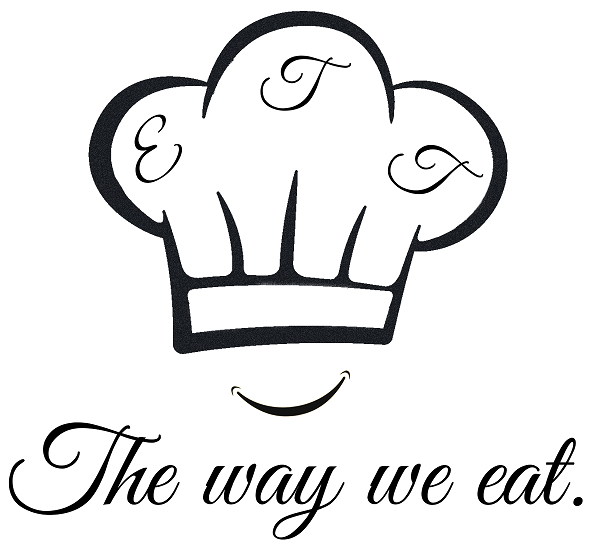Knives You Need In Your Kitchen
(Click on the name of the knife to see the image)
| Knife | Use | Characteristics |
|---|---|---|
| Chef’s | Chopping, dicing, slicing, and mincing meats, fish, vegetables, fruit | Wide, long blade (15-30 cm), smooth edge, well-balanced |
| Paring | Precision tasks like peeling, trimming, and detailed cutting | Short blade (6-10 cm), very sharp, pointed tip |
| Bread | Slicing bread without crushing it, also good for tomatoes, pineapples | Long, serrated blade (20-30 cm) |
| Ham | Slicing ham and cured meats thinly, also for fish filleting | Long, thin, flexible blade, often with a single edge |
| Boning | Separating meat from bone, cleaning meat cuts, precise filleting | Thin, narrow, flexible blade (15-20 cm) |
| Santoku | All-purpose cutting, chopping, slicing meat, fish, and vegetables | Wide, shorter blade (15-20 cm) with grantons (hollows) for non-stick cutting |
| Carving | Slicing roasts, steaks, and chops with even thickness | Long, thin blade, sometimes slightly serrated |
| Fish Fillet | Cleaning, filleting, and cutting fish | Flexible, thin blade, sometimes with small indentations |
| Cheese | Cutting various types of cheese without sticking | Varies by cheese type; can include holes or a curved blade |
| Butcher’s | Chopping through bones, heavy vegetable chopping | Thick, wide, heavy blade for power cutting |
| Cleaver | Primarily used for cutting through bones and meat. It’s also employed for chopping vegetables and other ingredients that require a heavy-duty approach. | The blade is typically rectangular or slightly curved, with a tough edge to withstand cutting through bones. |
